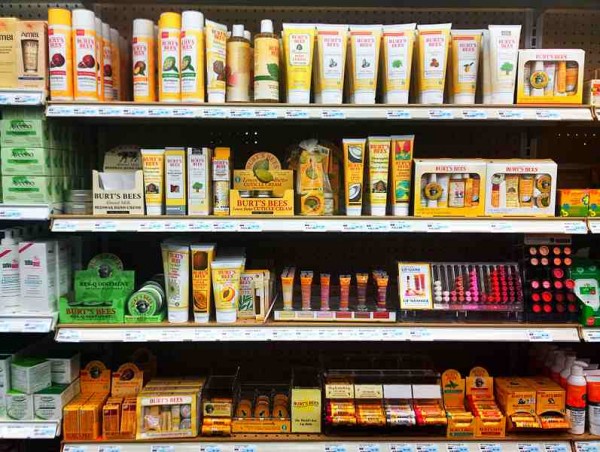
The skin absorbs everything that we put on it. This is why it is simply fitting to use toxic-free natural or organic products. However, most consumers do not know what to look for in the products they purchase, getting easily excited with the "natural" label plastered on the packaging.
Thankfully, Living Pretty Naturally has provided a list of things to look for in these products.
Parabens, PEGs, and Other Dangerous Ingredients
Parabens are synthetic preservative that are in almost all conventional skin care and cosmetic products. Various studies have linked parabens to cancer and other hormone disrupting properties. Sadly, even products claiming to be "natural" or "plant based" contain parabens. It is important to check the list of ingredients when buying your products.
Other harmful ingredients include PEGs, which is also linked to cancer and can increase skin aging. PEGs hinder the skin from naturally producing the moisture it needs.
What other dangerous ingredients should you avoid? Here are the following: Isopropyl (SD-40); DEA (diethanolamine), MEA (Monoethanolamine), and TEA (triethanolamine); Pthalates; Formaldehyde/DMDM Hydanation and Urea (Imidazolidinyl); Triclosan; Lead; Mineral Oil; and Synthetic Fragrances.
"Natural" and "Organic"
A plethora of beauty products are masking as "natural" ones, so read the label carefully. Just because a few natural ingredients are included does not guarantee that the product itself is fully natural and non-toxic. In fact, some of these "natural" or "organic" ingredients may simply be synthetic ingredients derived from natural ones. For instance, a shampoo labeled as "natural, with aloe vera extract" does not mean that it is all goodies and no toxins. A sure way to detect if it is indeed what it claims is to read the ingredients list and be wary of the chemicals. Anything that you cannot pronounce easily garners one point as being possibly toxic (see above list of ingredients to avoid).
A Little Bunny
This bunny logo indicates that the product is cruelty free. Cruelty free means that the product was not tested on animals, which shows a lot about the ethical standards of the brand and the company. An ethical brand is often an authentic one.



